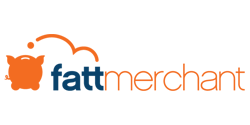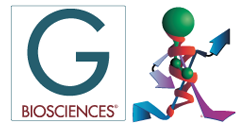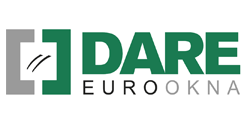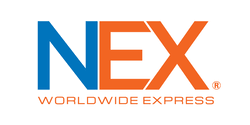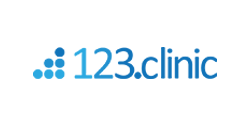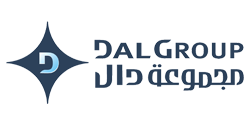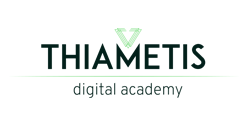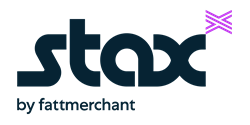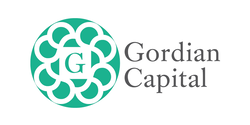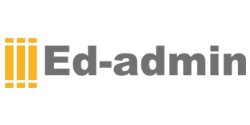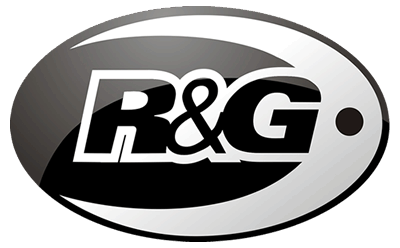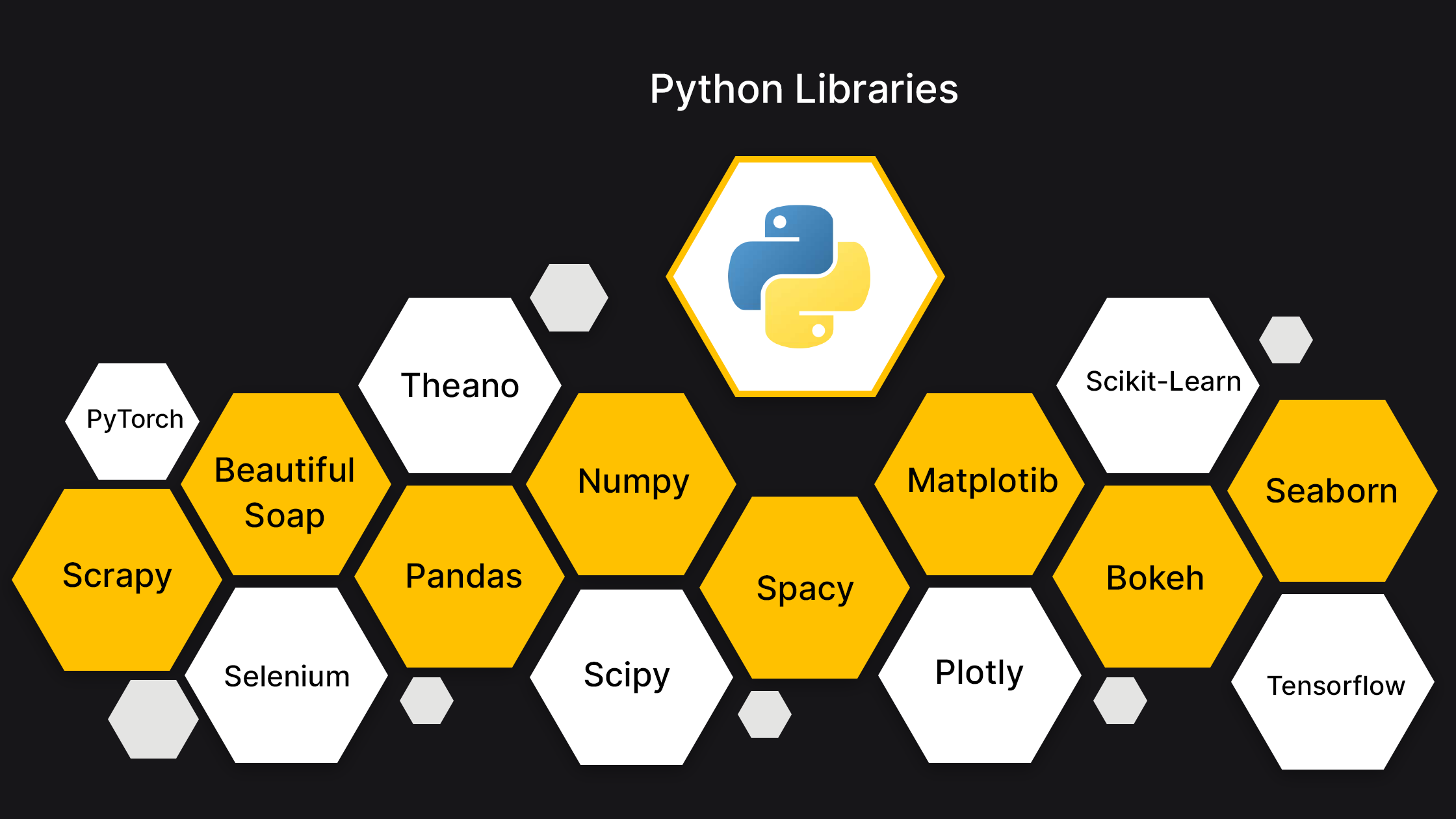Python Libraries for Data Science
A library is a collection of functions that assist you to perform many actions. When it comes to python it has a huge collection of libraries. Python as you know has now become the core of data science and there are lot of libraries in Python that are helpful when dealing with data science.
Multiple Python libraries can be categorized according to the role they play during the different stages of data science. Let’s have a look at the libraries and the role they play.
The multiple stages of data science can be divided into majorly 6 categories which are
- Data Gathering
- Data cleaning and manipulation
- Data Visualization
- Data modelling
- Image processing, and
- Audio processing
Each of these stages can be handled through one or more of the python libraries available. Let’s have a look at which library sits where.
You can hire dedicated python developers from Tecziq at monthly retainer.
Python Libraries for Data Gathering
Scrapy
Scrapy is an open-source Python library which is used for large scale web scraping. It is very useful in mining the data from websites. Scrapy is a Python library that is a collection of tools needed for extracting data from websites, process them and structure them the way you want.
Beautiful Soap
One of the most popular Python libraries used for data scraping. By using Beautiful Soap specific content from the webpage can be extracted and it can be stored in the required format. Using the Beautiful Soap Python library, HTML markup can be detached and the information protected.
Selenium
Selenium is a very popular Python library which automatically tests the web browser. It is used across the industry for automation testing purpose. Even though Selenium is bit slower than Python libraries, it offers essential features to draw-out data and captures it in a future usable format.
Python Libraries for Data Cleaning and Manipulation
Pandas
Pandas is an open-source Python library which is one of the most popular data analysis and data manipulation libraries. Pandas is built on NumPy and makes it easy to use in NumPy-centric applications, such as data structures with labelled axes. Pandas contain high-level data structures and tools designed for fast and easy data analysis operations.
The chief data structure of the Pandas library is DataFrame. It stores and manages the data in the table and it allows for dataset joining, merging and reshaping. So when you are looking at analyzing millions of petabytes of data, Pandas will be an ideal one to use.
Numpy
Numpy is the short form for Numerical Python. Numpy is an open-source Python library. Numpy provides fast pre-compiled functions for numerical routines and so it is considered for scientific calculations. Numpy is used to accomplish matrix operations and is also used to perform operations on large multidimensional array. As numpy is working on an array, it permits us to reorganize a large set of data.
Scipy
It is an open-source library and is a key library for data processing, it is based on the concept of NumPy and it can perform integration and linear algebra and has high-level features for data manipulating and visualizing. It also provides convenient and fast N-dimensional array manipulation.
Spacy
Where Pandas and Numpy help us in cleaning and manipulating data, Spacy manipulates free data into structured data. Spacy is also used as NLP (Natural Language Processing) library and supports many human languages.
Python Libraries for Data Visualization
Matplotib
It is one of the most preferred 2D graphical Python libraries used for data visualization and is also useful to generate 3D graphs. It is helpful to generate graphs, bar charts, histograms, scatterplots, etc. Matplotlib helps in customising every aspect of a figure. It also has interctive features like panning and zooming if used with IPython notebook. Matplotib supports multipld GUI backends and is also capable of exporting images to common formats like PDF, PNG, JPG, SVG, BMP and GIF.
Plotly
Plotly supports interactive web apps. It provides the advantage to create an upmarket graph in very fewer lines of code.
Bokeh
Bokeh is dependent on Matplotib and it can provide interactive visualization. It offers interactive designs in a web browser.
Seaborn
Seaborn is also based on Matplotlib. It has multiple visualizations available that includes time series, joint plots, etc. Seaborn gives you an easy to use efficient tools for showcasing the data pattern in a more colourful manner which makes it easy to visualize.
Python Libraries for Data Modelling
Tensorflow
TensorFlow is an open-source framework that is considered to be the most popular and vastly used for Data Science, Deep Learning and Machine Learning. Tensorflow is used to build models, test them and train them accordingly. Tensorflow is also considered to be one of the best tools to be used for voice recognition and object identification.
Scikit-Learn
It is a python module for machine learning built on top of SciPy and is used for modelling data. Scikit-Learn provides various supervised and unsupervised machine learning (ML) algorithms and one of the main target quality of code, performance and decent documentation. It helps in quickly implementing popular algorithms on datasets. Some tools for standard ML tasks available are clustering, classification and regression.
Theano
Theano can be used to perform large multi-dimensional array based mathematical operations. It is used to efficiently define, optimize and evaluate mathematical expressions that involve multi-dimensional arrays. Theano has GPU based infrastructure and not a CPU based so it performs operations much faster. Python libraries like Pylearn2 uses Theano as its core component for mathematical computation.
PyTorch
It is an open-source Python library. It fulfills many data-centric demands at a high speed and is very useful for deep learning. PyTorch also provides cloud-based environment which make the scaling of resources easy.
Conclusion:
Python has been proving to be the best technology if you are looking at data science. The ease of learning, availability of libraries to fast up complex work, high performance, Open-source availability and a huge support base is what is making Python to be the most adoptable language. There are a lot of Python libraries available for multiple other work like image processing, audio processing, machine learning, facial recognition as more such complex work.

